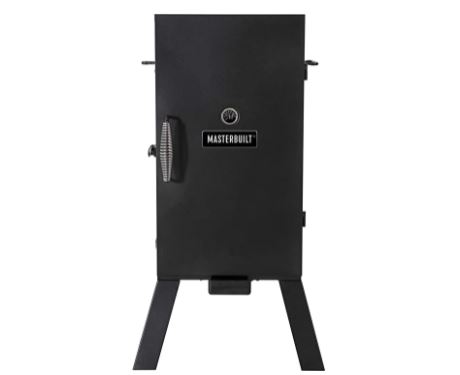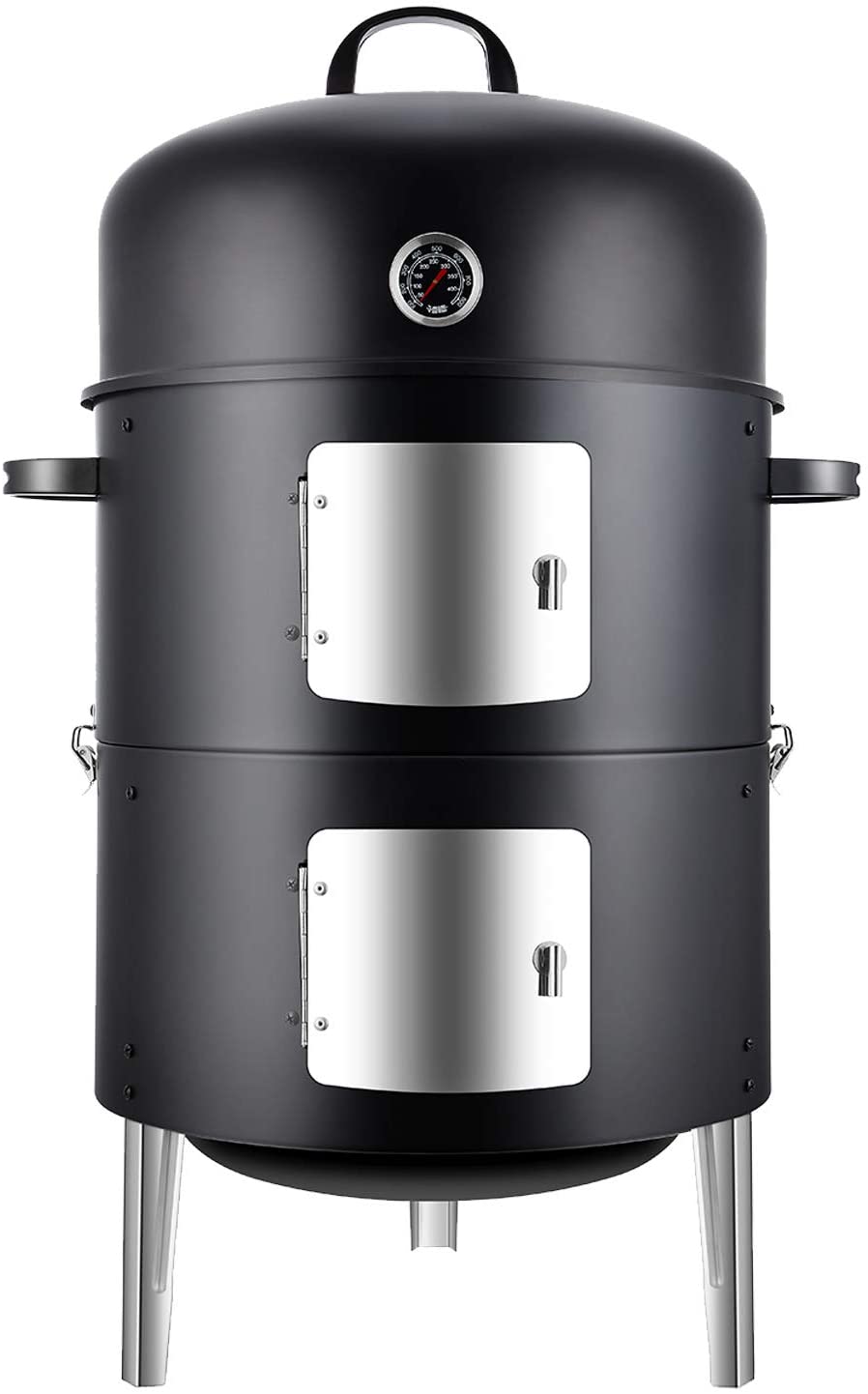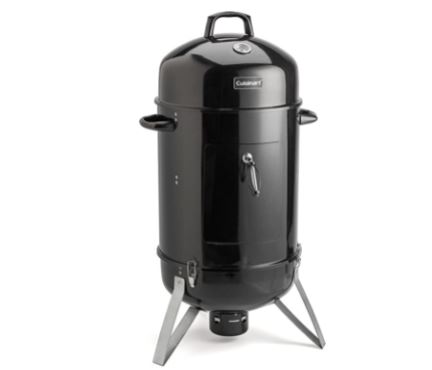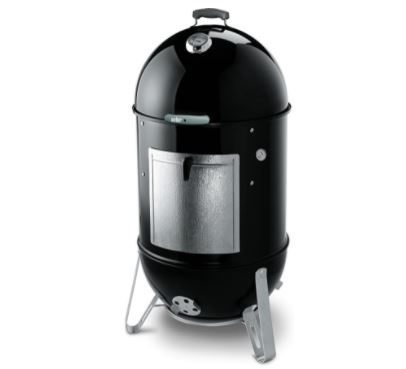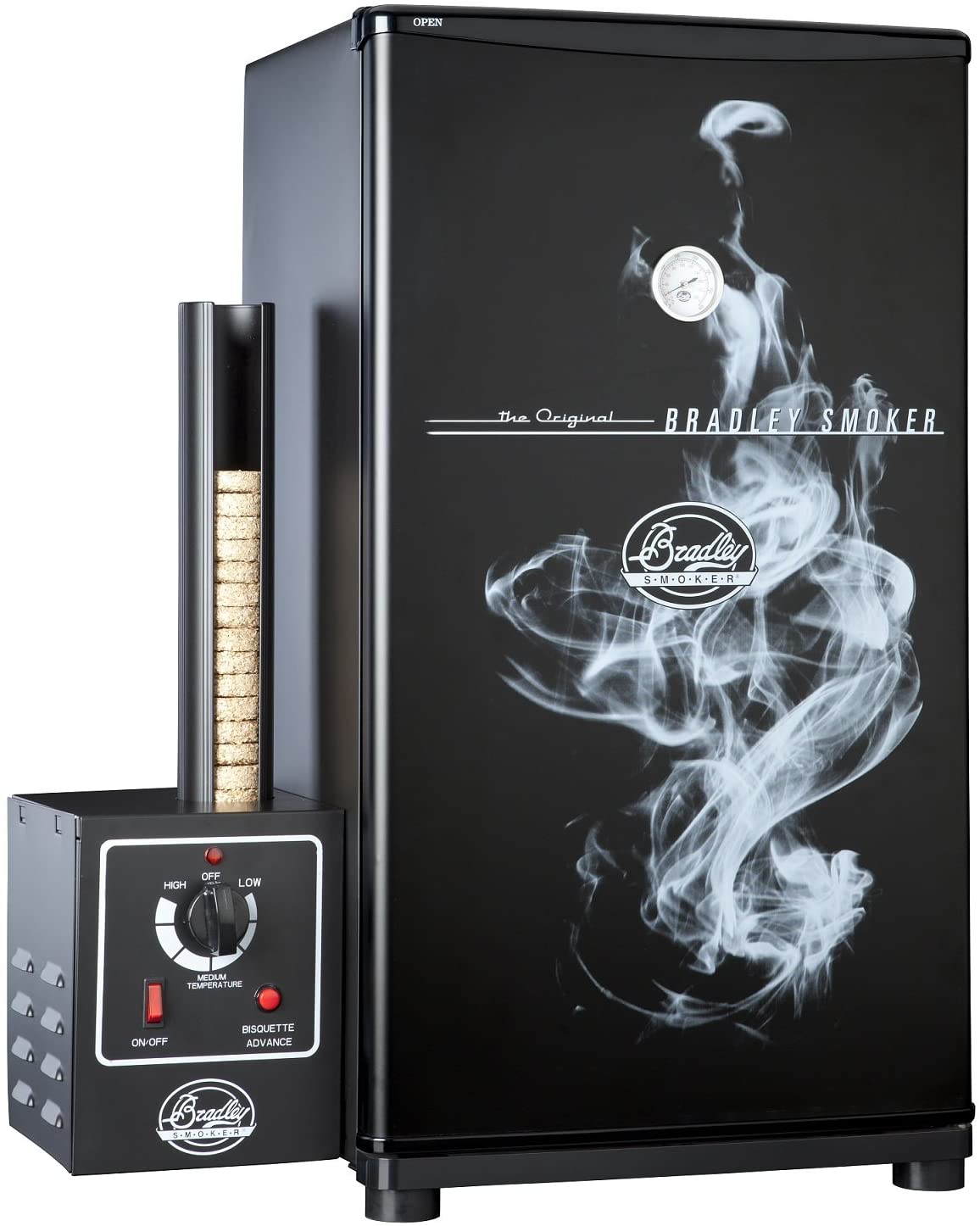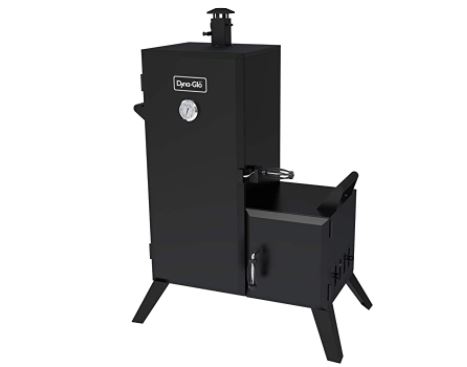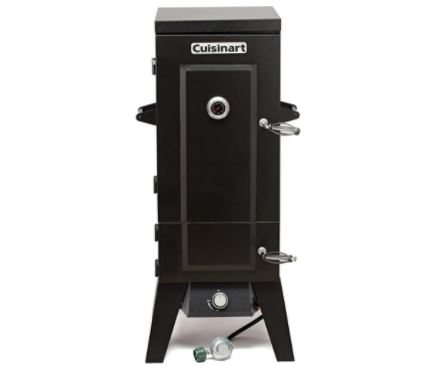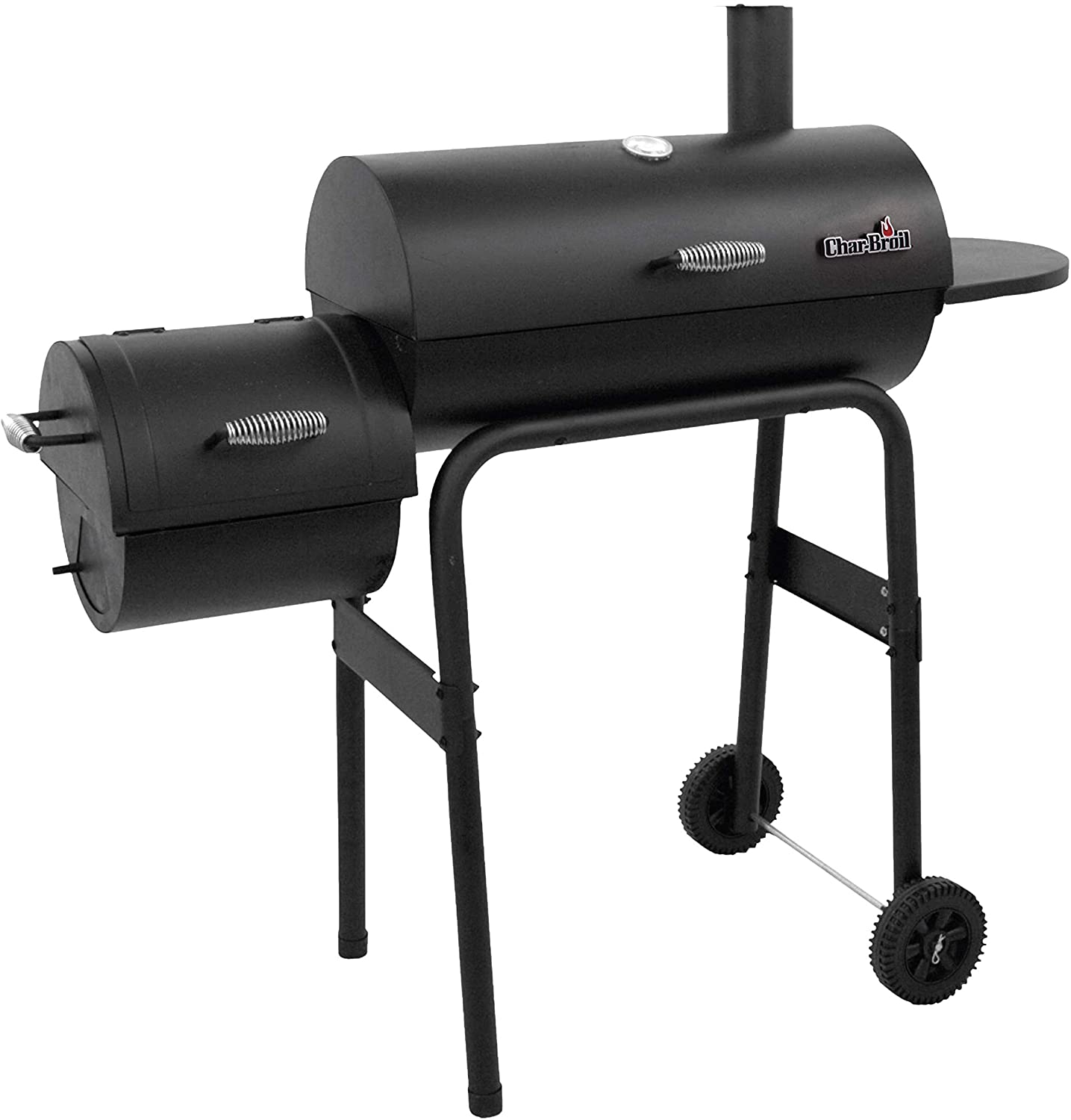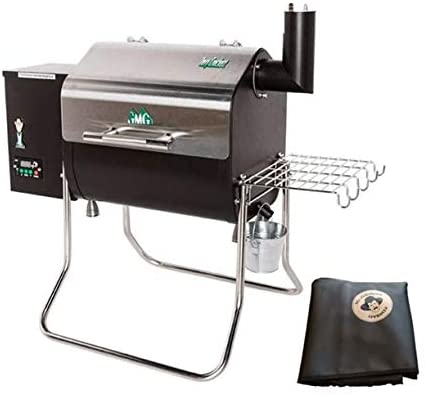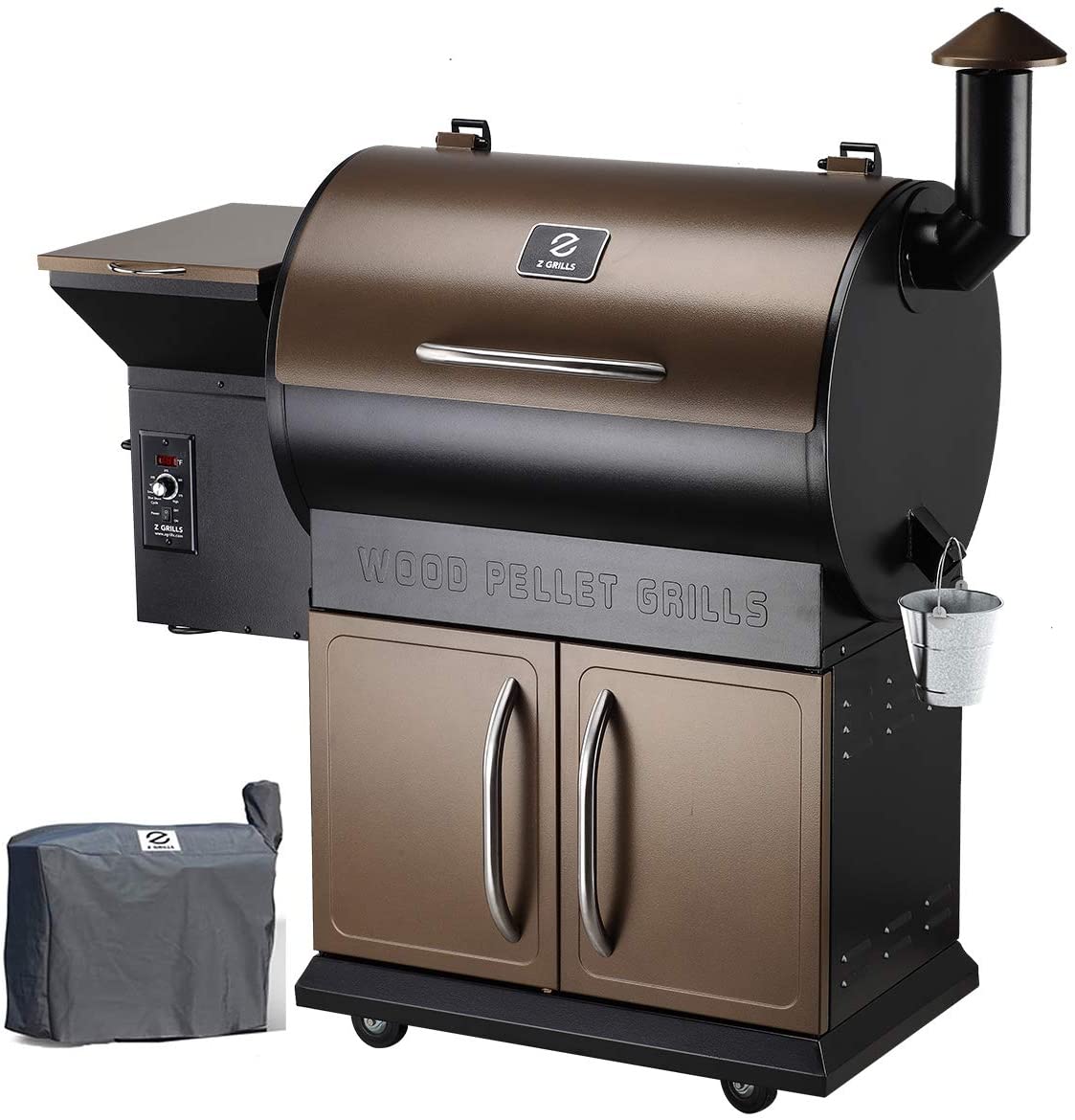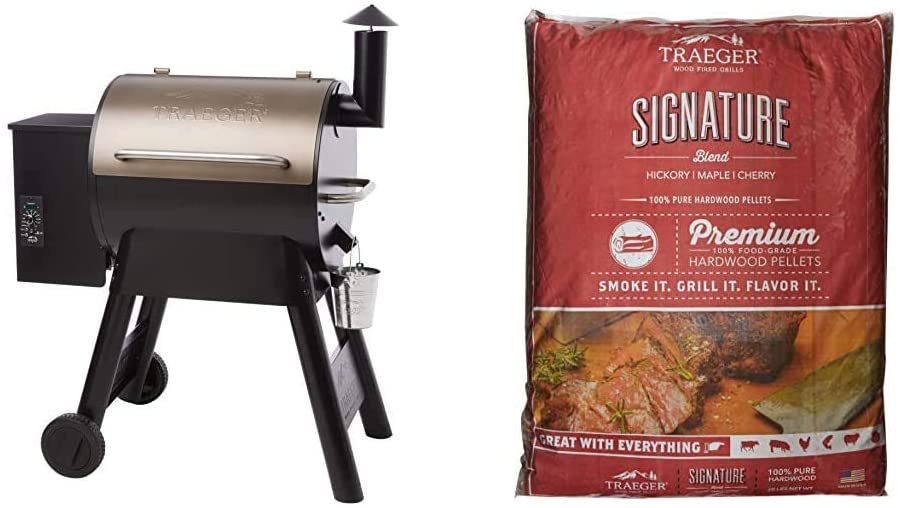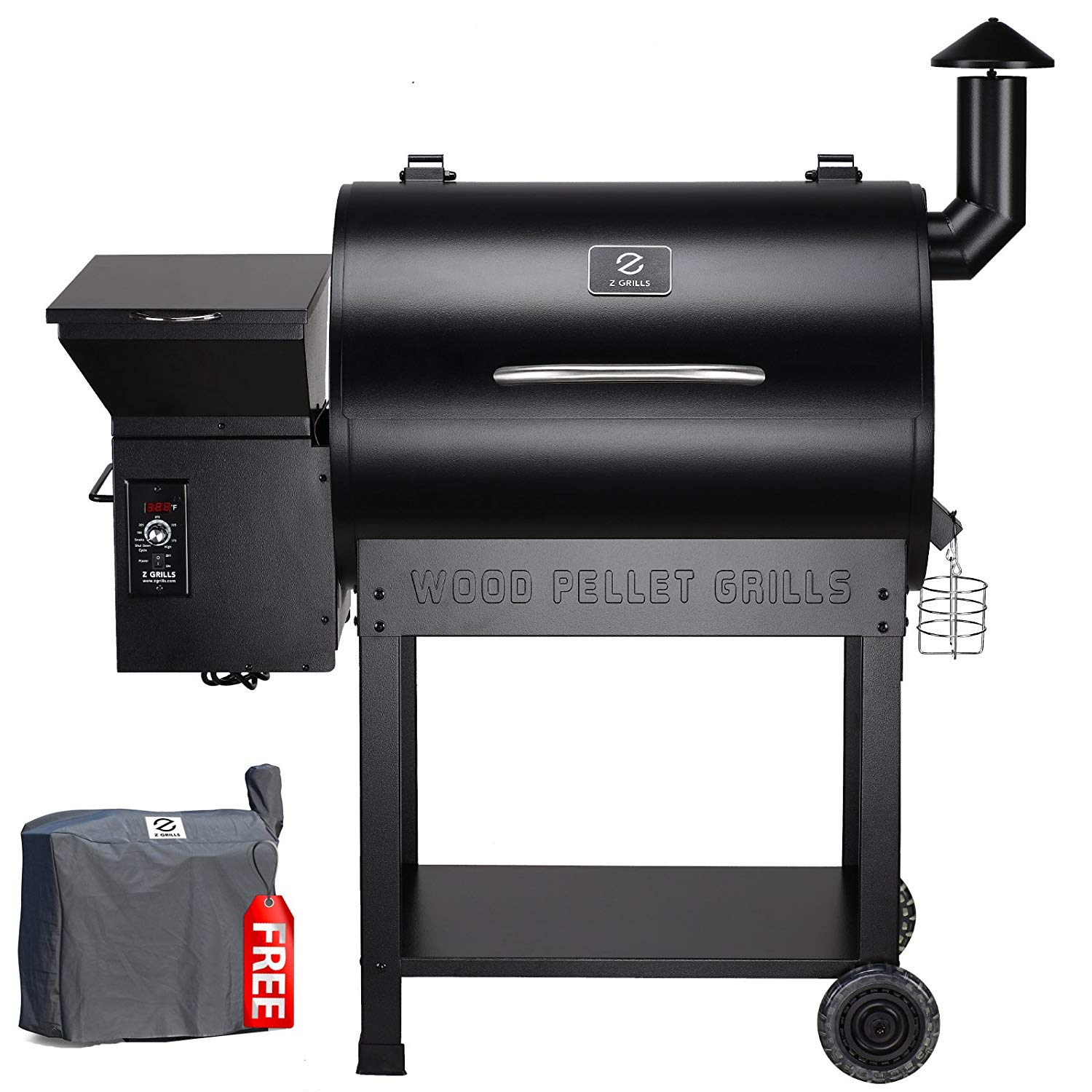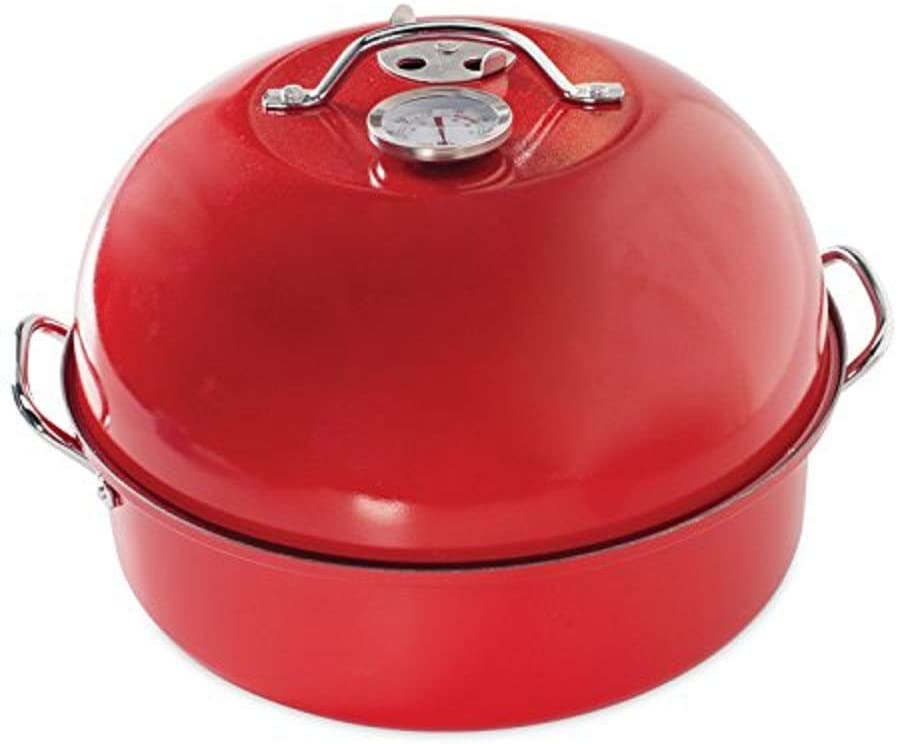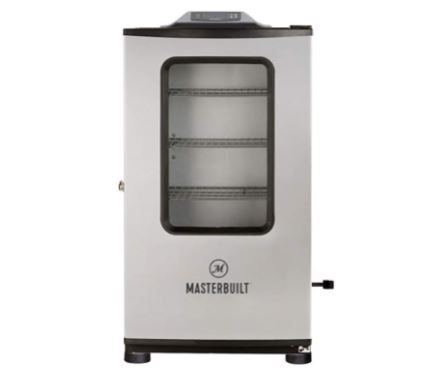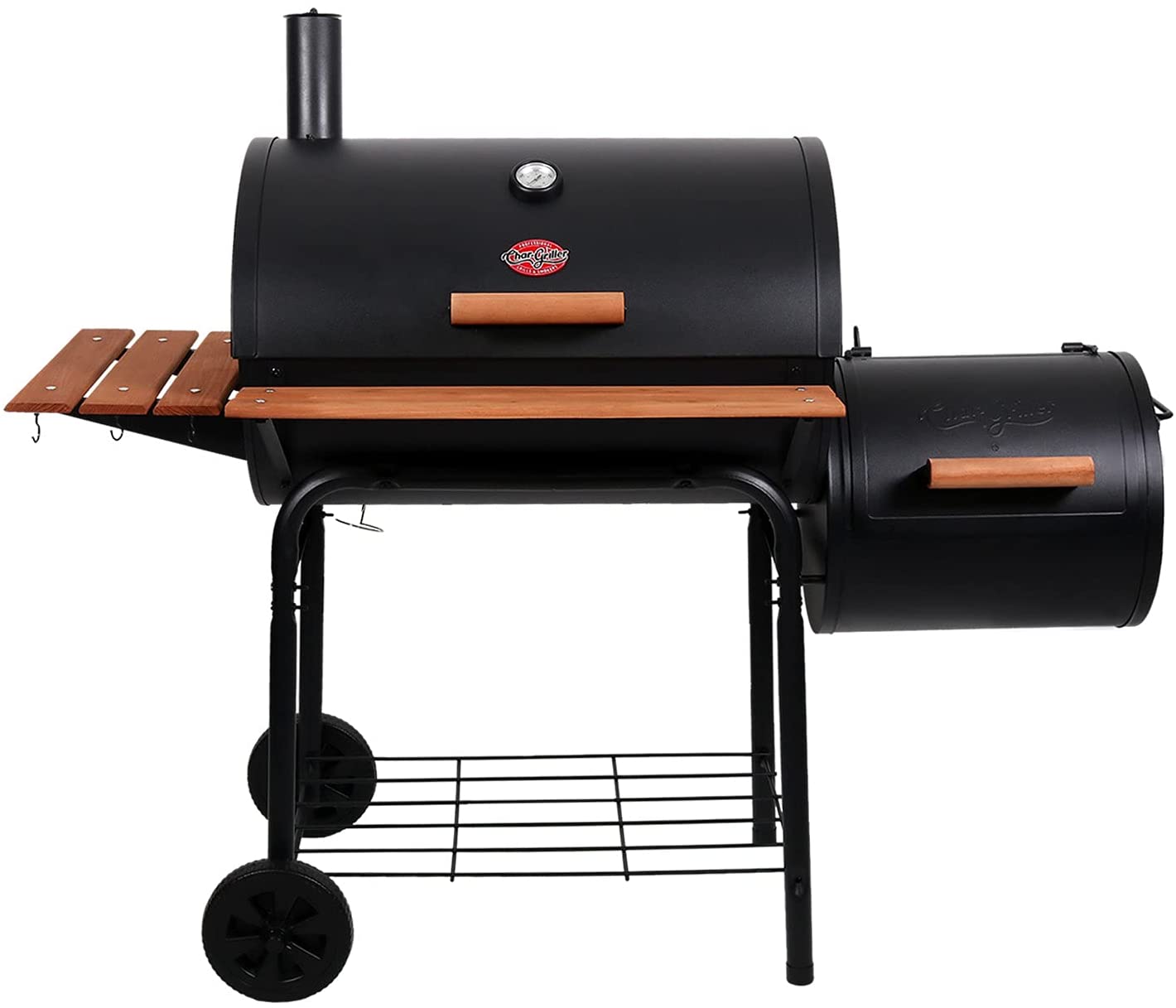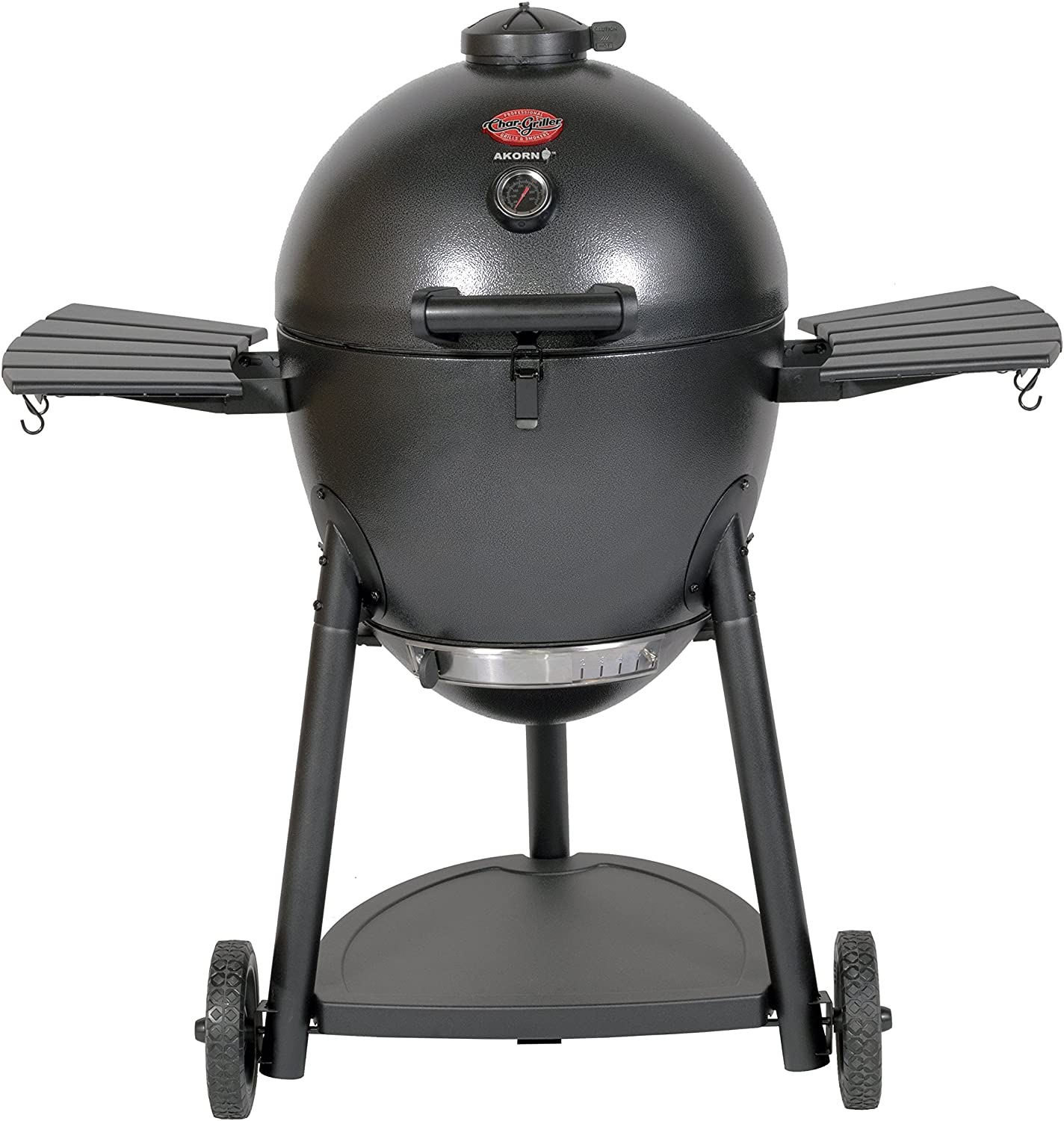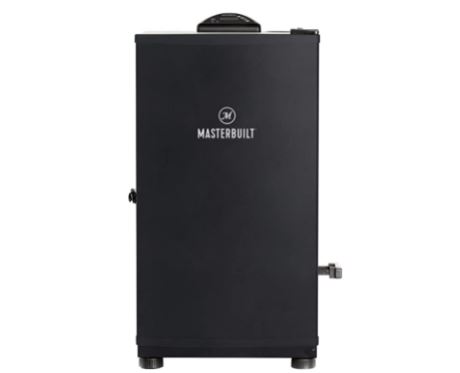Masterbuilt MB20070210 Built-In Temperature Gauge Smoker
Last updated: August 10, 2023
You won't have any trouble keeping this smoker clean. It comes with a wood chip tray that slides out, so you can quickly remove the ashes. The unit is equipped with a 1,500-watt heating element, as well as a dial that allows you to quickly adjust the temperature inside the smoker.
We looked at the top Smokers and dug through the reviews from some of the most popular review sites. Through this analysis, we've determined the best Smoker you should buy.
Product Details
Key Takeaway: Each of the three shelves in this smoker have a chrome coating that is extremely durable.
In our analysis of 51 expert reviews, the Masterbuilt Built-In Temperature Gauge Smoker placed 4th when we looked at the top 17 products in the category. For the full ranking, see below.From The Manufacturer
With the Masterbuilt 30-inch Analog Electric Smoker, you’ll achieve competition-ready results in your own backyard, without the hassle of charcoal or propane. Simply plug this smoker in, set the analog controls, and it does the work! The three chrome-coated racks provide plenty of room to smoke up to 3 chickens, 2 turkeys, 3 racks or ribs, or 3 pork butts. Master the art of smoking with Masterbuilt.
